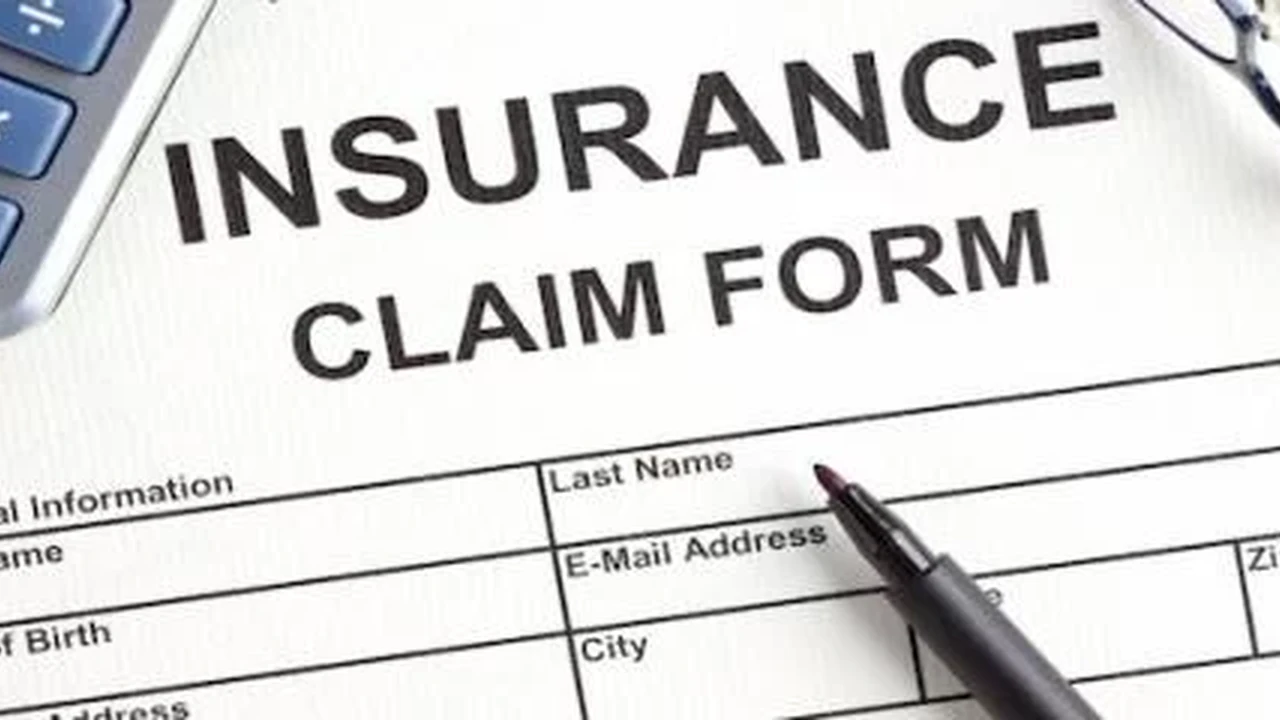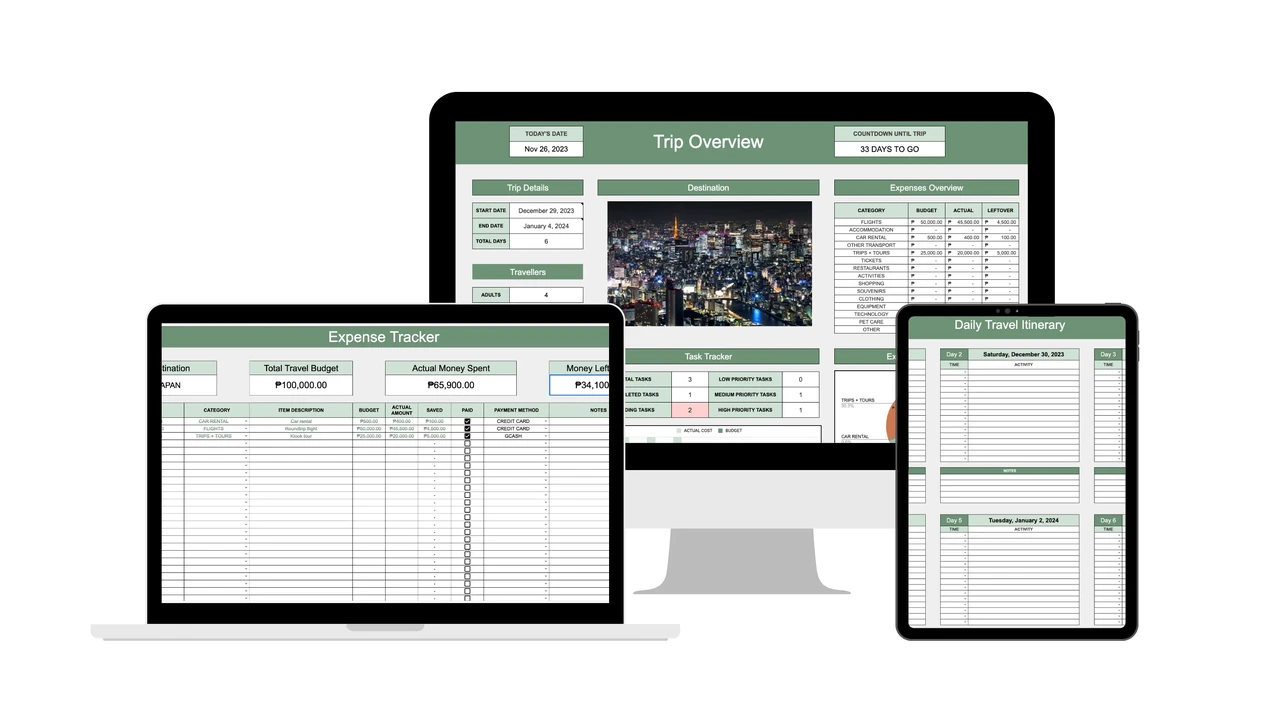Travel Insurance and Natural Disasters: Filing a Claim

Understanding Travel Insurance Coverage for Natural Disasters and Extreme Weather
Okay, so you're planning that dream vacation, maybe a relaxing beach getaway or an adventurous trek through the mountains. You've booked your flights, reserved your hotel, and packed your bags. But have you thought about what happens if Mother Nature throws a wrench in your plans? Natural disasters like hurricanes, earthquakes, floods, and wildfires can disrupt travel in a heartbeat. That's where travel insurance comes in, but understanding what it covers and how to file a claim is crucial.
First things first: not all travel insurance policies are created equal. Read the fine print! Seriously. Look for coverage that specifically addresses:
- Trip Cancellation/Interruption: This is key. It covers you if a natural disaster forces you to cancel or cut short your trip. Pay attention to the covered reasons; some policies might exclude certain events or require specific conditions (like a mandatory evacuation order).
- Emergency Medical Coverage: If you're injured during a natural disaster while traveling, this coverage will help pay for medical expenses. Make sure it includes evacuation costs if you need to be transported to a safer location or back home.
- Lost or Damaged Belongings: A natural disaster can damage or destroy your luggage and personal items. This coverage can reimburse you for the cost of replacing them, up to the policy limits.
- Travel Delay: Natural disasters frequently cause flight delays or cancellations. This coverage can reimburse you for reasonable expenses like meals, accommodation, and transportation if you're stuck somewhere unexpectedly.
It's also super important to know what's *not* covered. Some policies might exclude events that were "foreseeable" (e.g., traveling to a hurricane-prone area during hurricane season). Pre-existing conditions can also affect your coverage, so disclose everything upfront.
Documenting the Disaster and Gathering Evidence for Your Travel Insurance Claim
Okay, so disaster strikes. What now? The key is to document everything. Think of yourself as a detective gathering evidence for your claim. Here's what you need to do:
- Safety First: Your safety is the top priority. Follow the instructions of local authorities and evacuate if necessary. Don't put yourself in harm's way to gather documents or protect your belongings.
- Gather Documentation: Collect as much documentation as possible. This includes:
- Your travel insurance policy.
- Flight itineraries and hotel reservations.
- Receipts for any expenses you incur as a result of the disaster (e.g., meals, accommodation, transportation).
- Photos or videos of any damage to your belongings.
- Police reports (if applicable, e.g., if your belongings were stolen during the evacuation).
- Official reports or news articles about the natural disaster. Having proof of the event is crucial.
- Medical reports if you were injured.
- Evacuation orders from local authorities.
- Notify Your Insurance Company ASAP: Don't wait! Contact your insurance company as soon as it's safe to do so. They'll guide you through the claims process and provide you with the necessary forms. Keep a record of all communication with the insurance company, including dates, times, and the names of the people you spoke with.
- Be Honest and Accurate: Provide accurate information on your claim form. Don't exaggerate or omit anything. Dishonesty can invalidate your claim and even lead to legal trouble.
Filing Your Travel Insurance Claim Step By Step Guide
Filling out the claim form can seem daunting, but break it down into manageable steps. Here’s a rough guide:
- Obtain a Claim Form: You can usually download a claim form from your insurance company's website or request one by phone or email.
- Read the Instructions Carefully: The claim form will have specific instructions on how to fill it out and what documentation to include. Read these instructions carefully to avoid delays or rejection of your claim.
- Complete All Sections: Fill out all sections of the claim form completely and accurately. Provide as much detail as possible.
- Attach Supporting Documentation: Include all the supporting documentation you gathered in the previous step. Make copies of everything before sending it to the insurance company.
- Submit the Claim Form: Submit the claim form to the insurance company according to their instructions. This may involve mailing it, emailing it, or submitting it online.
- Follow Up: After submitting your claim, follow up with the insurance company to check on its status. Keep a record of all communication.
Dealing With Claim Denials and Appealing Travel Insurance Decisions
Sometimes, despite your best efforts, your claim might be denied. Don't panic! You have the right to appeal the decision. Here's what you can do:
- Understand the Reason for Denial: The insurance company must provide you with a written explanation of why your claim was denied. Read this explanation carefully to understand the specific reasons for the denial.
- Gather Additional Evidence: If you believe the denial was unjustified, gather any additional evidence that supports your claim. This might include additional documentation, expert opinions, or statements from witnesses.
- Write a Formal Appeal Letter: Write a formal appeal letter to the insurance company, explaining why you believe the denial was incorrect. Be clear, concise, and respectful. Include all supporting documentation.
- Escalate Your Appeal: If your appeal is denied, you may have the option to escalate your appeal to a higher level within the insurance company or to an external dispute resolution organization. Check your policy for details.
- Consider Legal Action: If all else fails, you may consider taking legal action against the insurance company. Consult with an attorney to discuss your options.
Travel Insurance Product Recommendations Specific to Natural Disaster Coverage
Okay, let's talk about some specific travel insurance options. Remember that prices and coverage can vary, so always get a quote and read the policy details carefully. These examples are illustrative and subject to change.
Allianz Global Assistance - Comprehensive Plan with Natural Disaster Benefits
Product: Allianz Global Assistance's Comprehensive Plan
Use Case: This plan is great for travelers who want comprehensive coverage, including trip cancellation/interruption due to natural disasters, emergency medical coverage, and lost/damaged baggage protection. It's suitable for international and domestic travel.
Features:
- Trip cancellation/interruption coverage for covered reasons, including natural disasters.
- Emergency medical coverage up to $500,000.
- Lost/damaged baggage coverage up to $3,000.
- Travel delay coverage.
- 24/7 travel assistance.
Comparison: Compared to basic plans, this comprehensive plan offers higher coverage limits and more extensive benefits. It's more expensive but provides greater peace of mind.
Price: Prices vary based on trip cost, duration, and traveler age. A sample quote for a 10-day trip costing $5,000 for a 35-year-old traveler might be around $300 - $400.
World Nomads - Adventure Travel Insurance with Natural Disaster Options
Product: World Nomads Explorer Plan
Use Case: World Nomads is popular with adventure travelers and backpackers. Their Explorer Plan offers coverage for a wide range of activities and includes trip cancellation/interruption due to natural disasters, as well as emergency medical coverage.
Features:
- Trip cancellation/interruption coverage for covered reasons, including natural disasters.
- Emergency medical coverage.
- Coverage for adventurous activities like hiking, skiing, and scuba diving.
- Gear coverage.
Comparison: World Nomads is a good choice for adventurous travelers who need coverage for specific activities. Their prices tend to be higher than basic plans, but they offer more specialized coverage.
Price: Prices vary based on trip duration, destination, and activities. A sample quote for a 2-week trip to Southeast Asia might be around $250 - $350.
Travel Guard - Essential Plan and Natural Disaster Flexibility
Product: Travel Guard Essential Plan
Use Case: Travel Guard's Essential Plan is a more budget-friendly option that still provides essential coverage, including trip cancellation/interruption due to covered reasons like natural disasters. It's suitable for shorter trips or travelers on a tighter budget.
Features:
- Trip cancellation/interruption coverage for covered reasons, including natural disasters.
- Emergency medical coverage.
- Lost/damaged baggage coverage.
- Travel delay coverage.
Comparison: The Essential Plan offers lower coverage limits than Travel Guard's more comprehensive plans. It's a good option if you're primarily concerned about trip cancellation/interruption and emergency medical coverage.
Price: Prices vary based on trip cost, duration, and traveler age. A sample quote for a 7-day trip costing $2,000 for a 40-year-old traveler might be around $100 - $200.
Comparing Different Travel Insurance Plan Coverages and Costs
When comparing plans, pay close attention to these factors:
- Coverage Limits: How much will the insurance company pay out for each type of claim? Make sure the limits are sufficient to cover your potential losses.
- Deductibles: How much will you have to pay out of pocket before the insurance company starts paying? A lower deductible means higher premiums, and vice versa.
- Exclusions: What events or situations are *not* covered by the policy? Be aware of any exclusions that might affect your claim.
- Pre-existing Conditions: How does the policy handle pre-existing medical conditions? Some policies might exclude coverage for conditions you had before purchasing the insurance.
- Customer Reviews: Read online reviews to see what other travelers have to say about their experiences with the insurance company.
Here's a quick comparison table:
| Feature | Allianz Global Assistance Comprehensive | World Nomads Explorer | Travel Guard Essential |
|---|---|---|---|
| Trip Cancellation/Interruption | Yes | Yes | Yes |
| Emergency Medical Coverage | $500,000 | Varies | Varies |
| Lost/Damaged Baggage | $3,000 | Gear Coverage | Varies |
| Adventure Activities | No Specific | Yes | No Specific |
| Price (Estimate) | $$$ | $$$ | $$ |
(Note: Prices are estimates and will vary based on individual circumstances.)
Practical Tips for Minimizing Risks During a Natural Disaster While Traveling
Prevention is always better than cure! Here are some tips to help you minimize your risks during a natural disaster while traveling:
- Monitor Weather Forecasts: Before and during your trip, keep a close eye on weather forecasts for your destination. Be aware of any potential natural disasters that might occur.
- Register with Your Embassy: Register with your embassy or consulate so they can contact you in case of an emergency.
- Know Your Evacuation Routes: If you're in an area prone to natural disasters, familiarize yourself with evacuation routes and emergency shelters.
- Have an Emergency Kit: Pack an emergency kit with essential items like water, food, a flashlight, a first-aid kit, and a whistle.
- Stay Informed: Follow the instructions of local authorities and stay informed about the latest developments.
- Communicate with Family: Let your family know your travel plans and keep them updated on your whereabouts.
- Download Emergency Apps: Download apps from FEMA or local emergency management agencies.
Real Life Examples of Travel Insurance Claims Related to Natural Disasters
Understanding how travel insurance works in practice can be helpful. These are fictionalized, but based on real-world scenarios:
- The Hurricane Havoc: A family was vacationing in the Caribbean when a hurricane struck. Their flight was cancelled, their hotel was damaged, and they had to evacuate. Their travel insurance covered the cost of their cancelled flights, their hotel stay, and their evacuation to a safer location.
- The Earthquake Aftermath: A traveler was visiting Japan when an earthquake occurred. They were injured and needed medical treatment. Their travel insurance covered their medical expenses and their evacuation back home.
- The Wildfire Woes: A couple was on a road trip through California when wildfires broke out. They had to cancel the remainder of their trip and their belongings were damaged. Their travel insurance covered the cost of their cancelled hotel reservations and reimbursed them for the value of their damaged belongings.
These examples highlight the importance of having travel insurance that covers natural disasters. It can provide financial protection and peace of mind when things go wrong.
The Future of Travel Insurance and Natural Disaster Preparedness
The travel insurance industry is constantly evolving to meet the challenges of a changing world. With climate change increasing the frequency and intensity of natural disasters, travel insurance companies are adapting their policies and services to better protect travelers.
Some trends to watch for include:
- More comprehensive coverage for natural disasters.
- Increased use of technology to assess and manage risks.
- Greater emphasis on preventative measures and risk mitigation.
- Personalized travel insurance policies tailored to individual needs.
By staying informed about the latest trends and developments, you can make sure you have the right travel insurance coverage for your next trip.
:max_bytes(150000):strip_icc()/277019-baked-pork-chops-with-cream-of-mushroom-soup-DDMFS-beauty-4x3-BG-7505-5762b731cf30447d9cbbbbbf387beafa.jpg)






